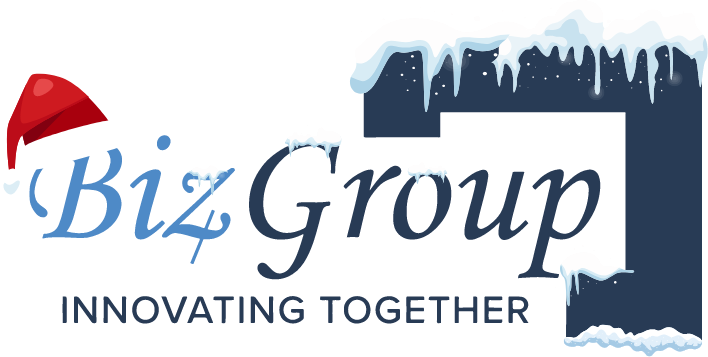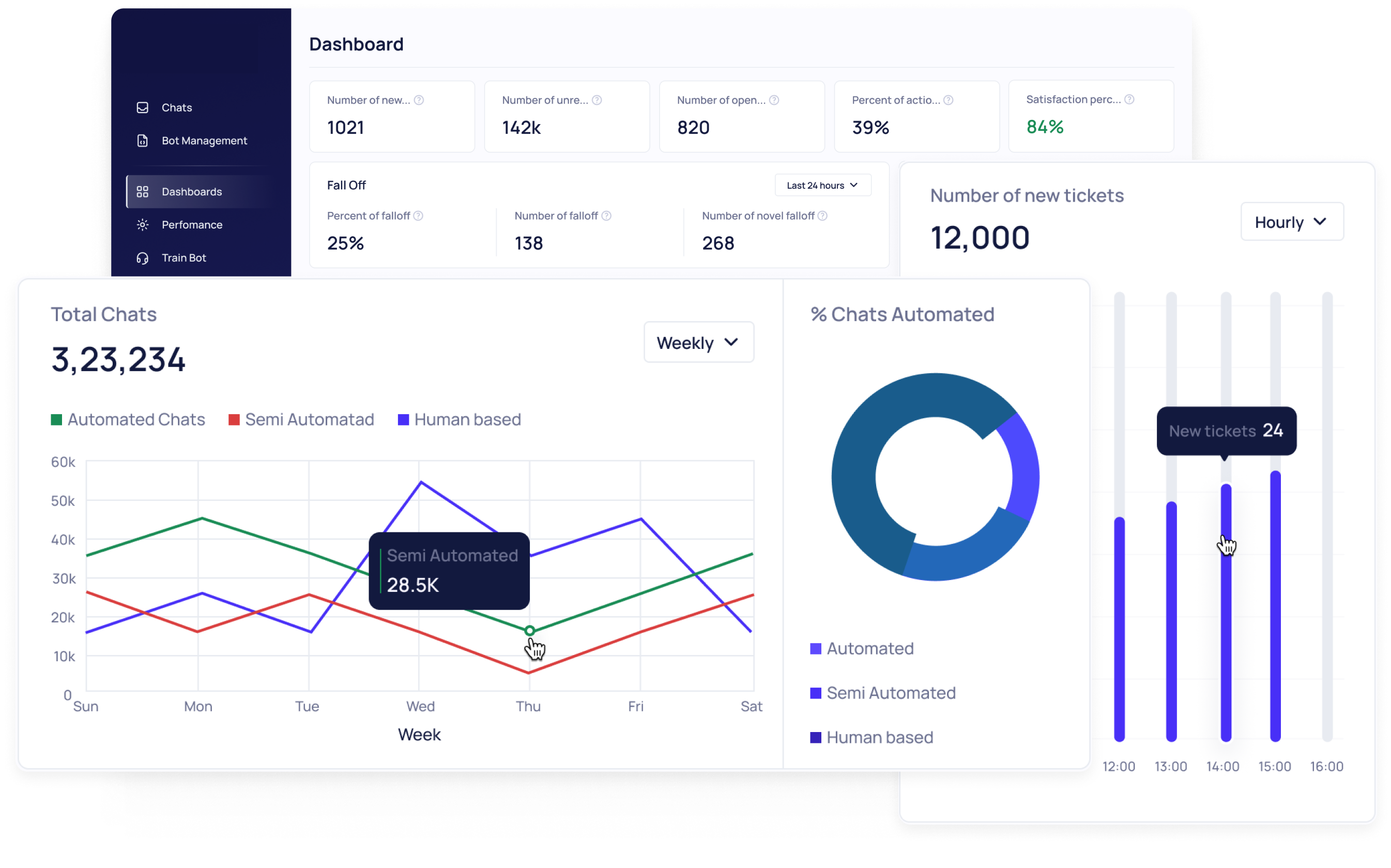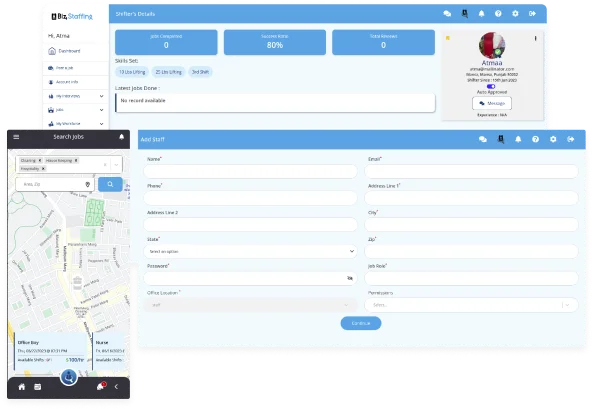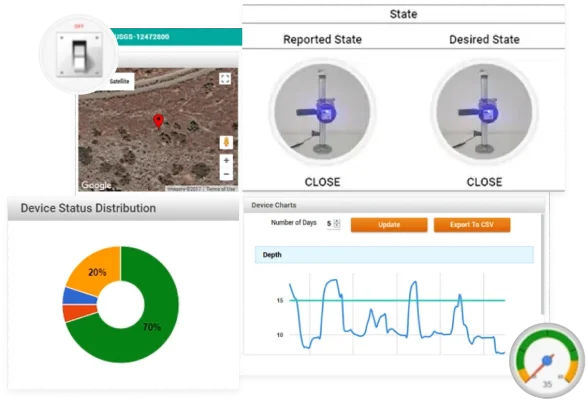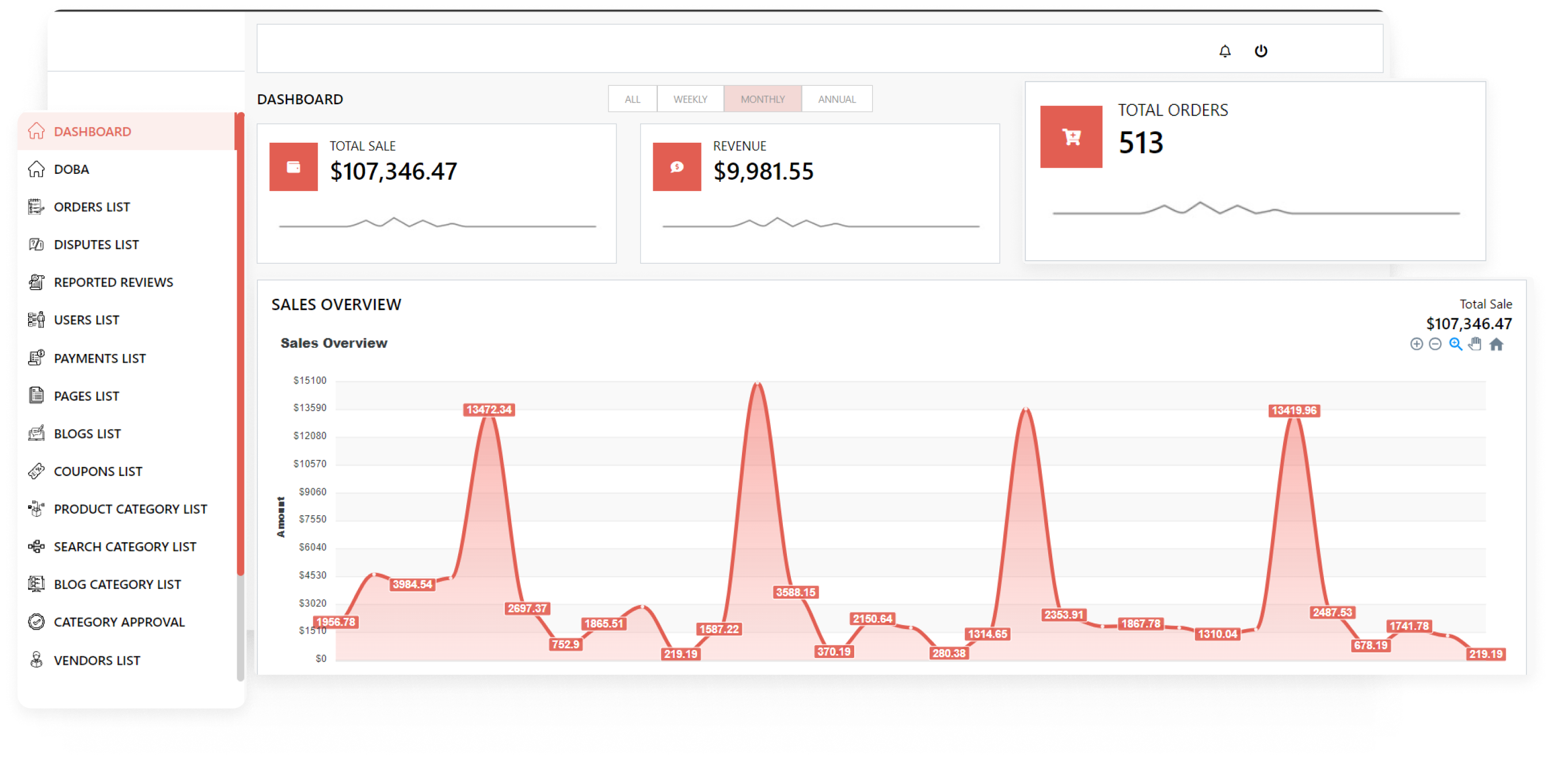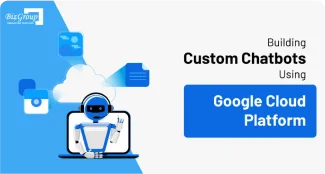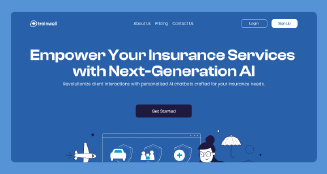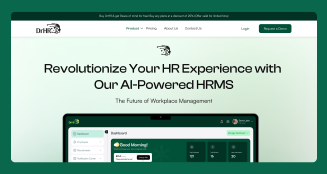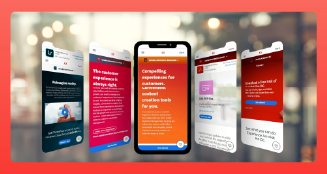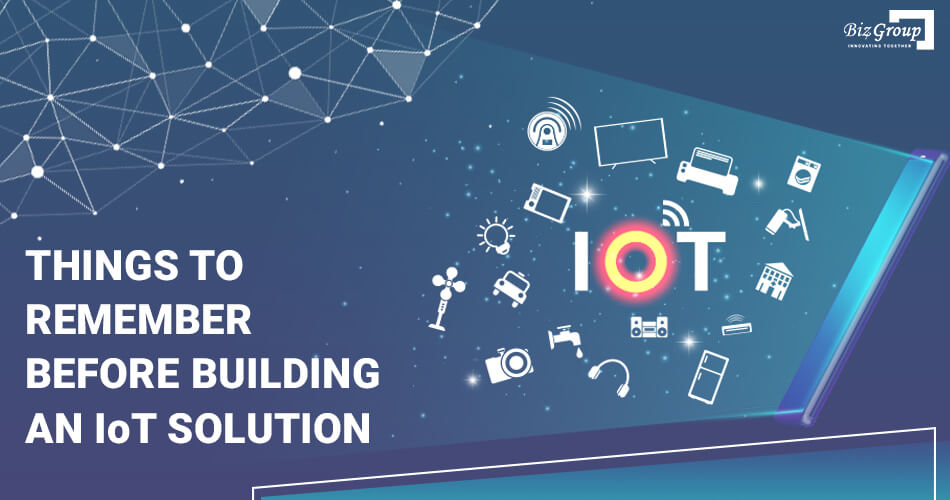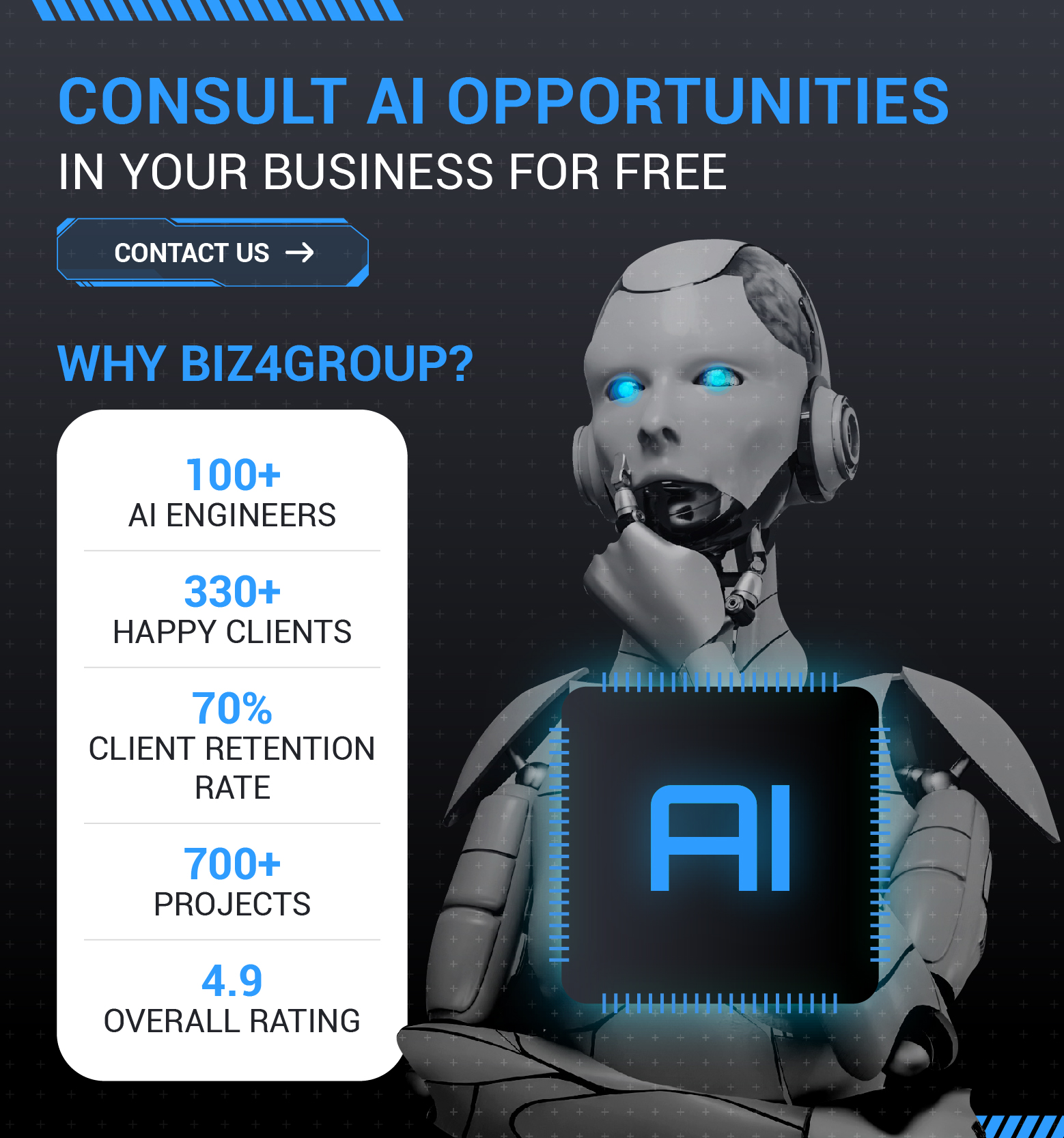Things to Remember Before Building an IoT Solution
Developing a multitier and multifunctional IoT solution infused with ubiquitous connectivity, event-driven architecture, and advanced data security capabilities is not an easy feat to achieve. Multiple IT competency gaps are to be identified and fixed in order to create a comprehensive end to end IoT solution.
Implementing IoT in the existing industrial frameworks still remains a challenge for many firms. Some companies are even reluctant to embrace it due to its technical barriers. In the past, the early adopters of IoT faced integration and data management based complications that kept the technology in the dark for a while. The DDoS attack on the IoT systems in 2016, also raised several questions on the safety of data and the robustness of these inter-connected networks.
However, in the present scenario, most of these challenges have been rectified and many IoT companies are now providing their solutions as PaaS. The solutions being developed nowadays, therefore, have some common features and functionalities.
No matter if the solution to be created is for precision farming, fleet management, supply chain management, or predictive maintenance; there are some challenges and aspects that are common in all of them. Hence before creating any IoT solution, it is important for a business to keep these key aspects in mind.
Below is a list of some key aspects that you must remember before building an IoT solution:
1) Managing the paradigm shift in the organization:
IoT solutions are not implemented to revamp a particular segment of a company. They give a strategic overhaul to the entire end to end operations of a company and help it to implement agile methodologies.
Hence, companies working with traditional processes generally face issues familiarising this digital transformation. While rolling out their solutions your company’s staff may experience difficulty to adapt with the software offerings and its virtual features. The team may even be unable to do their normal tasks through IoT systems that they were proficient in doing with conventional methods. Adjusting to this change may take some time for some workers and they may require proper training and educational resources to understand the capabilities of the solution.
Hence before initiating the development of an IoT solution, it would be better if you can devise a plan to roll it out in smaller stages. Also, try to create educational tutorials and a proper training regime for your staff so that they can use the solution seamlessly.
2) IoT solutions are time-intensive:
Currently, there are very few commercial-off-the-shelf solutions for IoT. Even if there are some, they may not be suitable for your particular use case or your business objectives. Hence, make sure that you can wait for a considerable amount of time before you embed the IoT system in your business architecture.
Even the most expert IoT Development Company will take around 6 to 9 months to develop a single stop IoT solution. In some cases, this duration may even extend up to 18-24 months from the complete business case development to commercial roll-out. The reasons for this slow execution can vary from business to technical related issues. Moreover, in some cases, even after attaining the product you may have to wait for another 2 to 5 years to breakeven.
Hence, it would be better for you to properly plan the whole process of building and executing the IoT solution. Also, just be patient.
3) Finding the right developers:
A turnkey IoT solution consists of functionalities like interactive designs, cloud storage, data analytics, security systems, and back-end support systems. Finding adept programmers that can develop solutions with these in-built features is very difficult.
Companies don’t have knowledge about development and hence end up hiring incompetent developers for creating their solution. Additionally, Internet of Things solutions needs to be compatible with distinct protocols and connectivity standards.
To counter such issues, you must identify IoT leaders and experts who can truly shape your vision into reality. Also, make sure to find a skilled workforce that can work on your distinct and unique needs.
4) Security must be the primary factor:
Not accounting security as a crucial part of your IoT solution can be the biggest mistake that you make. Cutting the security and robustness of the IoT platform suite from initial designs can break the complete product.
Consider the initial example of the DDoS attack that we discussed at the starting of this blog. The Mirai malware infected more than 100,000 IoT devices and bombarded the servers with bogus traffic. Also, as per an estimate, more than 70% of the IoT devices have several software-related vulnerabilities.
Therefore, global data and device security must be your primary concern before building an IoT platform. You can hire ethical hackers to detect loopholes in your network and fix them. Also, make sure to follow security best practices like using a strong firewall and authentication protocols to keep your servers secure.
5) Device interconnectivity is not as easy as you think:
The total number of connected devices is expected to cross the 30 billion benchmark by the end of this year. This may seem a very large number, but connecting devices over a network while considering security as a pre-requisite is a very long process.
It is important to make sure that the devices that you are going to use are compatible with each other and the network on which they are going to be deployed. Furthermore, make sure that the data transition from these devices occurs seamlessly before it is stored on a cloud server.
6) Consider a POC or a Pilot Project:
You may enjoy the real benefits of your IoT solution after a significant amount of time has passed. For instance, after storing a year of data about your machine’s performance, you may channel it through a data processing algorithm to identify patterns related to its subsequent breakdowns and malfunctions.
Hence, make sure to clearly identify all of your objectives, including the one that will be worked upon after subsequent phases of implementation have been executed. Plan your solution around these objectives and consider doing a pilot project before rolling it down on a larger scale. This will help you to detect the capabilities and drawbacks of your solution in full depth.
On a Concluding Note:
Make sure to follow these points before implementing your IoT solution. Also, find a suitable storage system to store the data transmitted by your end devices. Using cloud storage can be a suitable option as it comprehends the scalability of IoT systems and interlaces with almost every possible business architecture.
By following all these aspects you will surely be able to build a robust and multifunctional platform suite for your business.
 info@biz4group.com
info@biz4group.com 